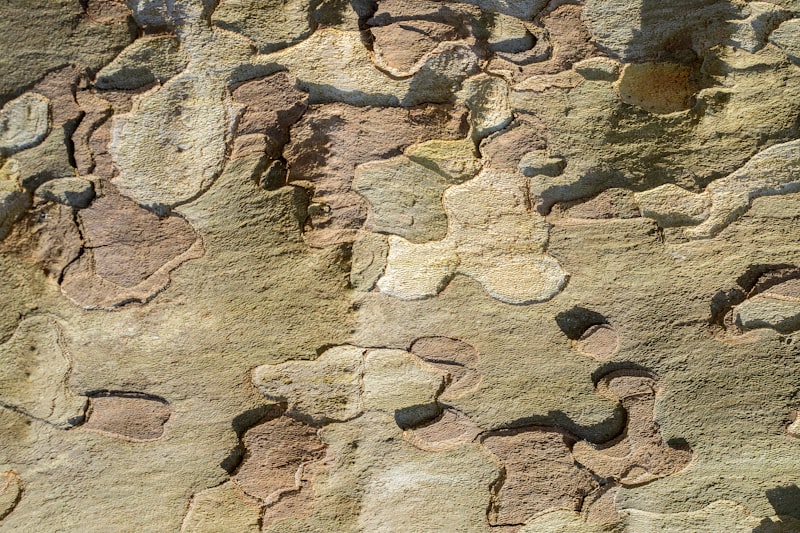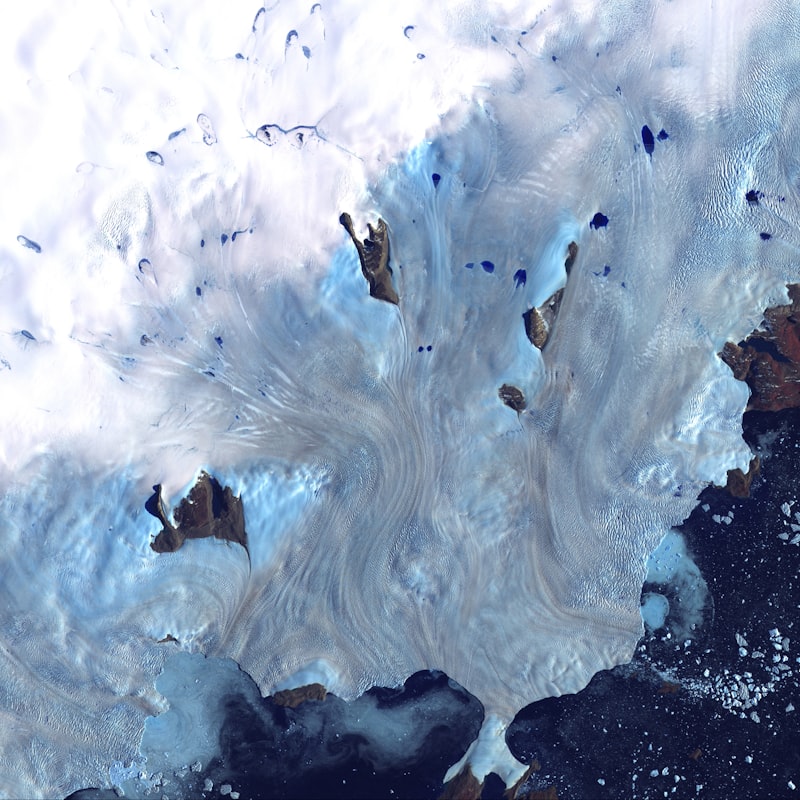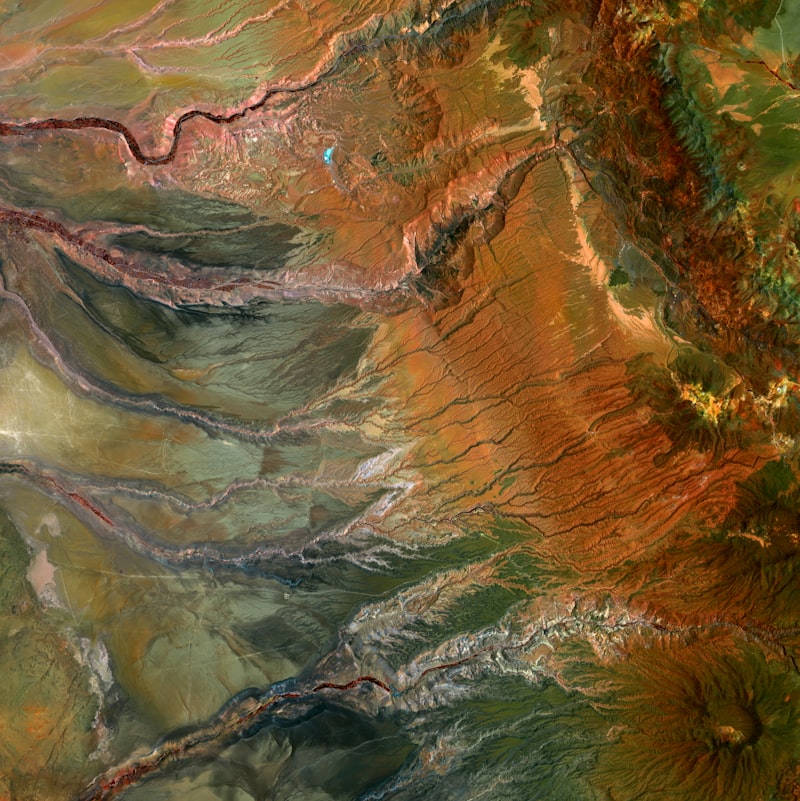Imagine standing at the edge of a cliff, overlooking a vast canyon carved over millennia by the relentless force of a river. Below you, layers of sedimentary rock tell stories of ancient seas and shifting landscapes. This breathtaking vista is just one example of the awe-inspiring beauty found in natural geological formations around the world.
Natural geological formations are not just random shapes etched into the Earth’s crust; they are intricate masterpieces shaped by geological processes over millions of years. From towering mountains to delicate arches, each formation is a testament to the power and creativity of nature itself.
Take, for instance, the majestic hoodoos of Bryce Canyon National Park in Utah. These tall, thin spires of rock stand like silent sentinels against the backdrop of a brilliant blue sky. Carved by wind and water, each hoodoo is a unique sculpture, shaped by the elements into fantastical shapes that seem almost surreal.
Or consider the vibrant colors of the Grand Prismatic Spring in Yellowstone National Park. This hot spring is not only one of the largest in the world but also a stunning display of nature’s palette. From deep blues to fiery oranges, the colors are caused by different species of heat-loving bacteria that thrive in the scalding waters.
The Giant’s Causeway in Northern Ireland offers another glimpse into nature’s creativity. This UNESCO World Heritage site is made up of thousands of hexagonal basalt columns, formed by ancient volcanic activity. Walking among these symmetrical pillars, one can’t help but marvel at the geometric perfection of nature.
Natural geological formations also serve as important windows into Earth’s history. Fossils preserved in sedimentary rock provide clues about past life forms and environments. The layers of rock themselves reveal the changing conditions of our planet over millions of years.
Whether you’re exploring the towering cliffs of the Grand Canyon or marveling at the delicate formations of an underground cave, natural geological formations never fail to inspire wonder. They are reminders of Earth’s beauty, resilience, and the intricate processes that have shaped our world.
Unveiling Earth’s Masterpieces: 10 Natural Geological Wonders You Must See

Grand Canyon, USA: Imagine a vast canyon stretching as far as the eye can see, painted with hues of red and orange by the hands of time. The Grand Canyon is a testament to the power of the Colorado River, carving through layers of rock over millions of years.
-
Great Barrier Reef, Australia: Beneath the crystal-clear waters of the Coral Sea lies the Great Barrier Reef, a vibrant ecosystem of coral formations that span over 2,300 kilometers. It’s a kaleidoscope of colors and marine life, beckoning divers and snorkelers alike.
-
Mount Everest, Nepal/Tibet: Standing tall at the roof of the world, Mount Everest is the ultimate challenge for adventurers and climbers. Its majestic peak, soaring 8,848 meters into the sky, symbolizes human perseverance and the untamed spirit of nature.
-
Paricutin Volcano, Mexico: Witness the birth of a volcano – Paricutin emerged from a cornfield in 1943 and grew to a height of over 1,300 feet. Its stark beauty against the Mexican landscape is a reminder of Earth’s ever-changing geology.
-
Victoria Falls, Zambia/Zimbabwe: Feel the ground tremble beneath your feet as you witness the sheer power of Victoria Falls. Known as the largest curtain of falling water in the world, this UNESCO World Heritage site is a playground for nature enthusiasts.
-
Aurora Borealis, Arctic Circle: Step into a world of dancing lights as the Aurora Borealis illuminates the polar skies. This celestial spectacle, caused by solar winds colliding with Earth’s magnetic field, paints the night sky in hues of green, purple, and red.
-
The Wave, USA: Hidden within the Coyote Buttes of Arizona lies a geological wonder known as The Wave. Its undulating patterns of Navajo sandstone create a surreal landscape that seems straight out of a painting.
-
The Great Blue Hole, Belize: Dive into the depths of the Caribbean Sea to discover the Great Blue Hole, a giant marine sinkhole off the coast of Belize. Its perfectly circular shape and vibrant marine life make it a bucket-list destination for divers worldwide.
-
Moeraki Boulders, New Zealand: Along the coast of Koekohe Beach, giant spherical boulders known as the Moeraki Boulders dot the landscape. These natural marvels, formed over millions of years by sedimentary processes, spark wonder and curiosity.
-
Pamukkale, Turkey: Experience the surreal landscapes of Pamukkale, where terraces of white travertine cascade down the hillsides like frozen waterfalls. These thermal pools are not only visually stunning but also have been used as natural spas since ancient times.
Each of these natural geological wonders is a testament to the Earth’s creativity and resilience. They remind us of the incredible forces that shape our planet and inspire us to explore and protect these treasures for future generations to marvel at.
Nature’s Sculptures: The Most Breathtaking Geological Formations Across the Globe
Imagine standing before nature’s grandest artworks, sculpted over millennia by wind, water, and geological forces. These natural wonders, like masterpieces in an open-air gallery, captivate us with their sheer beauty and awe-inspiring formations. From towering cliffs to delicate arches, each geological marvel tells a story of Earth’s incredible history and processes.
One such marvel is the Grand Canyon in Arizona, USA, a colossal chasm carved by the mighty Colorado River. Its layers of vibrant rock reveal millions of years of geological history, painted in hues of red, orange, and gold. Standing at its rim, you can’t help but feel humbled by the vastness and intricate beauty of nature’s handiwork.
Moving across the globe to Iceland, we encounter another marvel: the surreal landscapes of the Reynisfjara black sand beach. Here, towering basalt columns rise like organ pipes from the sea, formed by cooling lava flows. The contrast of black sands against the crashing waves creates a scene that seems straight out of a fantasy novel, reminding us of the raw power of volcanic forces.
In Turkey, the otherworldly landscapes of Cappadocia beckon travelers with their fairy chimneys and cave dwellings. Carved by wind and erosion, these unique rock formations stand as silent witnesses to ancient civilizations and geological transformations. Hot air balloons drifting over the “Stone Forest” cast shadows that dance across the lunar-like landscape, offering a surreal and unforgettable experience.
Australia’s Great Barrier Reef, a living masterpiece spanning over 2,300 kilometers, is not just a geological wonder but a vibrant ecosystem teeming with life. Its intricate coral formations create a kaleidoscope of colors beneath the crystal-clear waters, inviting divers and snorkelers into a world of biodiversity and natural beauty.
From the towering cliffs of Moher in Ireland to the wave-like formations of Antelope Canyon in Arizona, each geological formation is a testament to nature’s creativity and resilience. As we marvel at these natural sculptures, we are reminded of our planet’s capacity to create and inspire, urging us to cherish and protect these wonders for generations to come.
Journey Through Time: Exploring Ancient Mysteries in Natural Geological Marvels
Imagine standing at the edge of a canyon, staring down into millions of years of Earth’s history. Natural geological marvels offer us a glimpse into the mysteries of ancient times, where the forces of nature have sculpted landscapes that seem almost otherworldly. These formations, shaped by the patient hand of time, hold stories that captivate both the mind and the soul.
One such marvel is the Grand Canyon, a colossal masterpiece carved by the Colorado River over millions of years. Its sheer size and intricate layers of rock tell a tale of ancient seas, shifting landscapes, and the relentless power of erosion. Standing on its rim, you can’t help but feel humbled by the enormity of geologic time.
Further south, the Moeraki Boulders in New Zealand present a puzzle from the past. These unusually large and spherical boulders lie scattered along Koekohe Beach, each a testament to the gradual deposition and cementation of sediment around a core. They almost seem like remnants of a giant’s game of marbles, inviting speculation about their origins and purpose.
Traveling to Turkey, Cappadocia’s fairy chimneys stand as surreal sentinels of volcanic activity. Over millennia, volcanic eruptions blanketed the region with ash, which later eroded into soft rock. Erosion sculpted these tall, chimney-like spires, some housing ancient cave dwellings and churches adorned with frescoes that whisper tales of civilizations long past.
Nature’s artistic prowess extends underwater as well. The Great Blue Hole in Belize is a breathtaking sinkhole that plunges deep into the Caribbean Sea. Its perfectly circular shape and rich blue hues conceal a submerged labyrinth of stalactites and stalagmites, formed during the last ice age when sea levels were much lower.
Each of these natural wonders is a testament to the Earth’s profound history and the relentless forces that shape our planet. They invite us to contemplate the passage of time and marvel at the beauty and complexity of our world. Exploring these ancient mysteries not only enriches our understanding of geology but also stirs a deep sense of wonder and awe at the natural wonders that surround us.
From Caves to Canyons: Discovering the Hidden Beauty of Geological Formations
Imagine stepping into a world where time has sculpted landscapes into breathtaking works of art. From the mysterious depths of limestone caves to the grandeur of vast canyons, geological formations tell the story of our planet’s ancient past in stunning detail.

Caves, with their intricate stalactites and stalagmites, evoke a sense of wonder and curiosity. These underground marvels, formed over millions of years by the patient work of water and minerals, offer a glimpse into Earth’s geological history. Each drip of water leaves behind a tiny mineral deposit, slowly building these natural sculptures that captivate explorers and scientists alike.

Venturing above ground, we encounter the majestic beauty of canyons. Carved by the relentless force of rivers over millennia, canyons reveal layers of rock that hold clues to geological events spanning millions of years. The Grand Canyon, for instance, showcases the vivid tapestry of sedimentary rock, each layer preserving a chapter in the geological saga of North America.
What makes these formations truly remarkable is their ability to inspire awe and provoke questions about our planet’s past. How did these landscapes form? What forces shaped them into the mesmerizing shapes we see today? Exploring these questions fuels not only scientific inquiry but also a deep appreciation for the natural wonders that surround us.
Just as an artist molds clay into a masterpiece, geological processes sculpt our planet’s surface into landscapes of unparalleled beauty and complexity. Each formation, whether hidden deep within a cave or stretching across a canyon’s expanse, offers a unique glimpse into the forces that have shaped our world over eons.
In essence, from the intricate beauty of caves to the vastness of canyons, geological formations stand as testament to the enduring creativity of nature. They invite us to explore, to marvel, and to reflect on the profound mysteries of our planet’s geological history.
Frequently Asked Questions
How can I visit and appreciate natural geological formations responsibly?
Learn how to visit and appreciate natural geological formations responsibly with our concise guide. Discover tips on minimizing environmental impact, respecting wildlife, and leaving no trace while enjoying these natural wonders.
What are some famous examples of natural geological formations?
Explore famous natural geological formations worldwide, from the towering cliffs of the Grand Canyon to the stunning rock formations of the Giant’s Causeway. Learn about the unique shapes and origins of these geological wonders.
How do geological formations contribute to the beauty of landscapes?
Discover how geological formations enhance landscapes through their unique shapes, colors, and textures. Learn how these natural features create breathtaking scenery that captivates the eye and tells the story of Earth’s history.
What are natural geological formations?
Natural geological formations refer to structures and features in the Earth’s crust that have been shaped over time by geological processes such as erosion, sedimentation, and tectonic activity. These formations include mountains, valleys, caves, cliffs, and arches, each exhibiting unique characteristics based on their geological history and environmental conditions.
How are geological formations created?
Geological formations are created through natural processes over millions of years. These processes include volcanic activity, erosion by wind and water, and the movement of tectonic plates. Each formation is unique and reflects the geological history of its environment.


